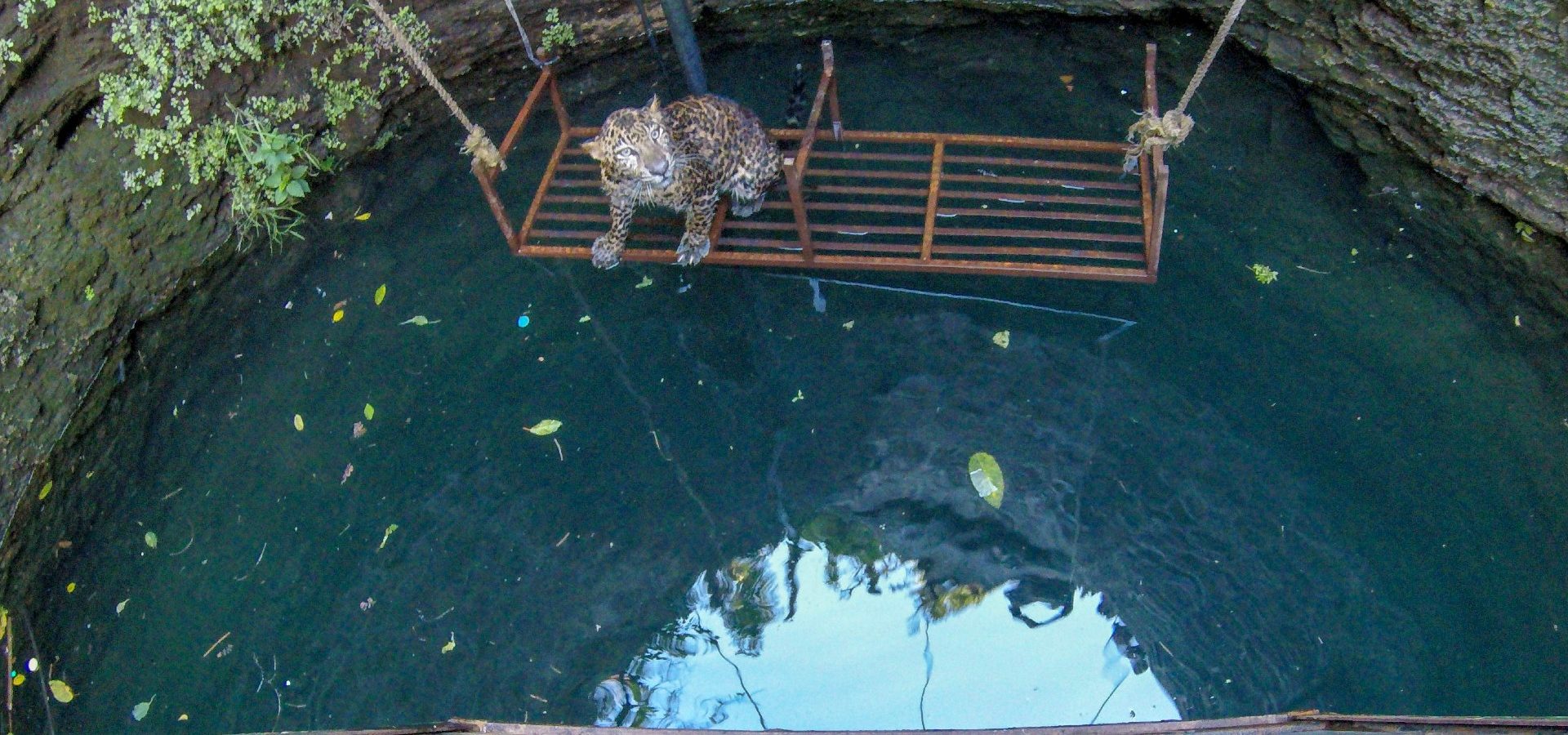H.E Luccock famously said, “No one can whistle a symphony. It takes a whole orchestra to play it.” Surprisingly, the same can be said for rescuing wild animals. No person alone can rescue a wild animal in distress; it takes a village (literally). Wildlife SOS has witnessed this first hand, when we recently worked in tandem with a village rescue team and the Forest Department to rescue a drowning leopard in Maharashtra.
Known to be a leopard-prone area, in Junnar, one can find a leopard every step of the way. The small village of Narayanwadi located in Junnar division of Pune District, Maharashtra is no exception. With expanding sugarcane fields, the leopards in this region are slowly losing their natural habitat and are being forced to venture out of the jungle in search of food and shelter. These dislocated felines often prey on domestic cattle or ravage crop fields merely to survive the changing world. Unaware of the various anthropogenic pressures forcing the leopards to venture out of their natural habitats, locals have begun considering leopards as pests. Some even resort to retaliatory killings or the use of hunting devices to prevent leopards from coming too close.
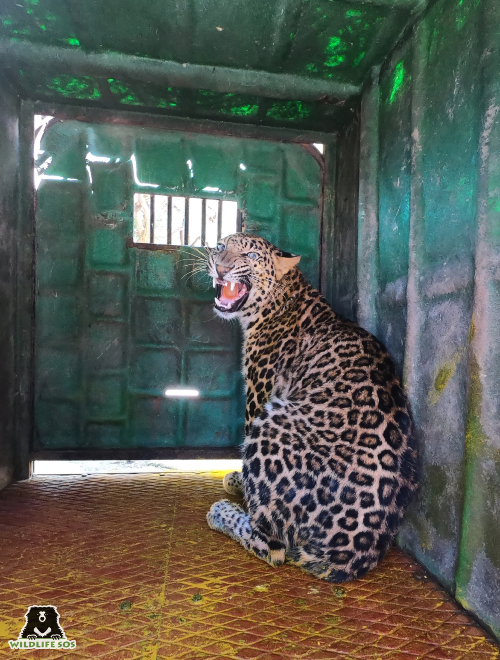
The Wildlife SOS team operating out of the Manikdoh Leopard Rescue Centre in Junnar has long been rescuing, treating, and rehabilitating distressed leopards in the area. Most importantly, our team has also been educating local residents about human-leopard conflict mitigation. Through ongoing training and awareness workshops, key stakeholders like villagers are told about steps to take if they encounter a leopard. Those interested are also divided into village rescue teams to assist in rescue operations. These teams are trained to aid in crowd-control during rescue operations and are taught urgent steps to take when an animal’s life is in danger. This seemingly didactic task involves instilling empathy in humans towards their feline neighbour, who is simply surviving in this rapidly urbanizing world.
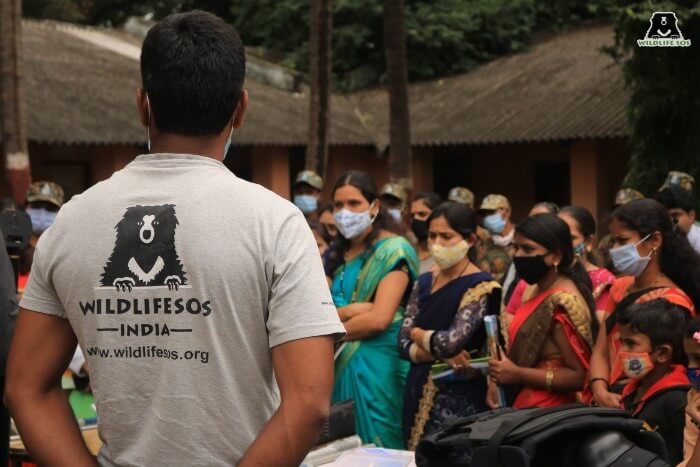
The ongoing work of the Wildlife SOS team and the Forest Department bore fruit earlier this week, when a leopard was found stuck in a 35-feet-deep open well in Narayanwadi village. Rather than acting out of fear and apathy, the people of Narayanwadi acted out of compassion and care for the leopard. The distressed feline was first spotted by the owner of the open well, who heard whimpering sounds coming from the bottom of his well. Concerned for the well-being of the animal, the owner immediately contacted the forest department. Wildlife SOS was called in for reinforcements to ensure the leopard was safely extricated from the well.
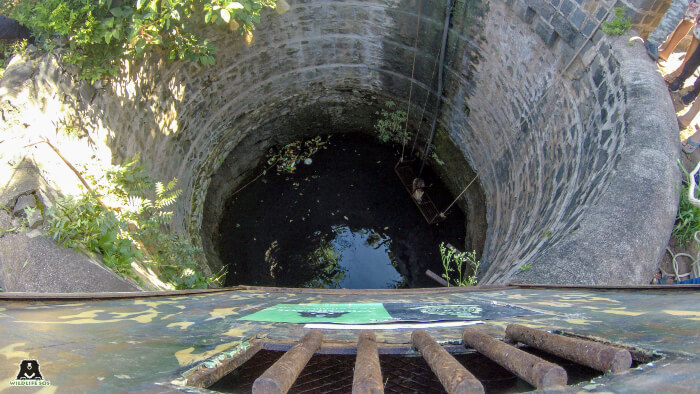
While a 4 member rescue team from Wildlife SOS along with the Forest department were on their way to the location, the local village rescue team trained by the forest department and Wildlife SOS decided to step in. Utilizing tactics taught to them in training, they lowered a metal plank down the well. Exhausted from struggling to stay afloat for so long, the leopard instinctively climbed atop the plank.
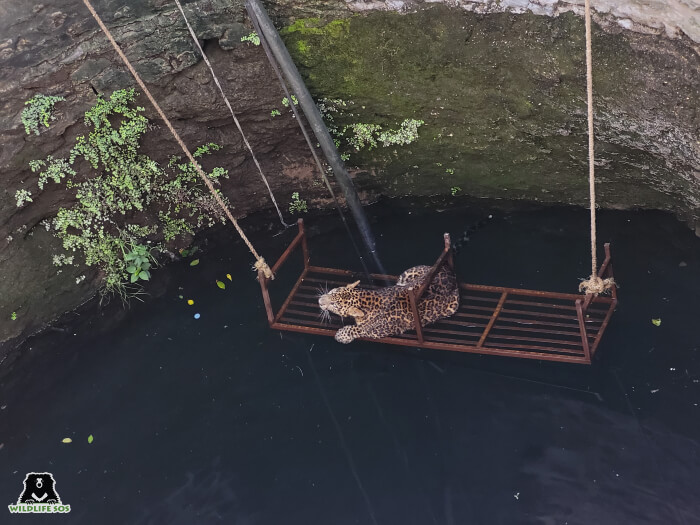
Upon arrival, the Wildlife SOS team and the forest department put in motion a meticulously devised plan to rescue the leopard from the precarious situation by lowering a large trap cage was lowered into the well. The leopard utilised the metal plank to jump onto the trap cage which was then subsequently pulled up by the rescuers and transported to the Manikdoh Leopard Rescue Center for medical observation.
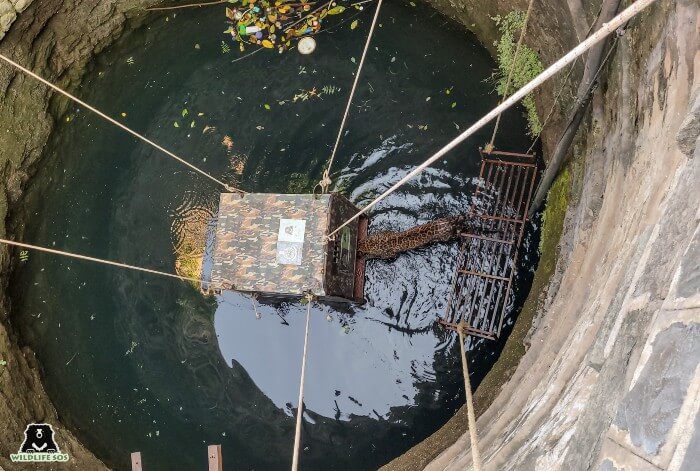
After a few days under observation, the leopard was safely released back into the wild. This rescue operation made evident the changing perception of people towards animals. The leopard was not seen as a nuisance or a threat but as a member of the Narayanwadi community that needed to be rescued like anyone else. Working together, we had prevented the loss of yet another leopard in Maharashtra, a state that saw 159 leopard deaths in 2020.
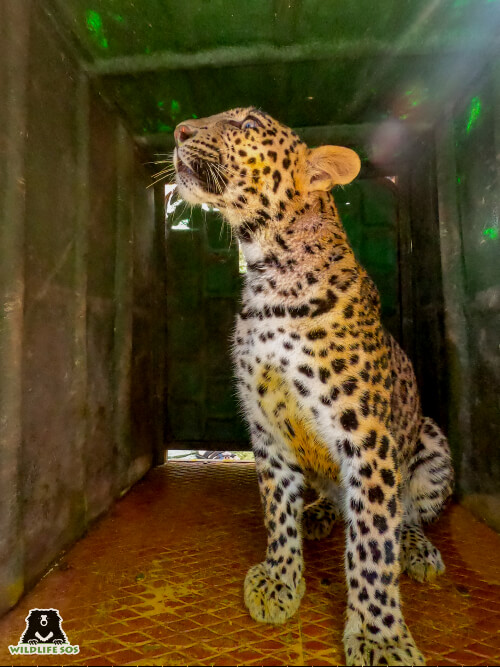
Yet, our fight does not end here. Slowly, the grave danger of open wells is becoming more and more apparent. In the last decade, more than 1,500 animals, including leopards, jackals, jungle cats, sambar deer, and hyenas, have reportedly died after falling into open wells and uncovered water tanks, making these a growing threat to wildlife Maharashtra. Wildlife SOS has rescued multiple animals who have fallen into available wells that can be up to 60- feet-deep. Once fallen into the abyss, animals can gravely injure themselves or even drown or starve to death.
Haphazard construction of these wells continues throughout the country. India has the highest number of drilled wells and the largest manufacturer of water well drilling machines! Open wells have been an integral part of our culture since the time of Harappa. They allowed people to set up civilizations in areas far away from the river, acting as a reliable water source. Today, these wells have become a bane, with an increasing number of them orphaned or left with no fences. This groundwater sector is largely unregulated and not subject to stringent guidelines.
To find out how you can save animals from open wells, click here.

